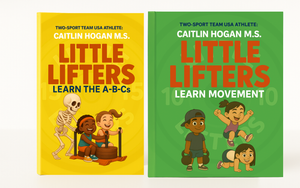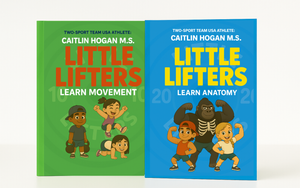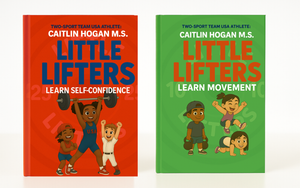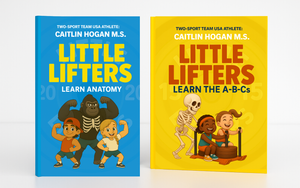🔄 Twist, Turn & Thrive: The Power of Rotation in Child Development
When we think of movement, we often picture running, jumping, or lifting—but rotational movement is just as essential. From reaching across the body to throwing a ball or even tying shoes, twisting plays a huge role in how kids move, grow, and learn.
Teaching kids how to rotate with control builds strength, improves spinal health, and supports everything from sports performance to handwriting.
🧠 Why It Matters
Rotational movement supports:
-
Cross-body coordination (important for writing, catching, and running)
-
Spinal mobility & health (a mobile spine is a strong spine!)
-
Agility and balance in dynamic movement
-
Core stability and postural control
Bonus: Crossing the body’s midline also helps boost cognitive development—especially skills related to reading, focus, and fine motor tasks.
🧒 Movement by Age Group
▶️ Ages 2–4:
Activity: “Twisty Statues”
-
Stand tall and slowly rotate side to side like a wind-up toy.
-
Freeze every few seconds like a silly statue.
Activity: “Animal Toss”
-
Sit criss-cross, hold a stuffed animal, twist to one side to place it down, then reach across to pick it up and place it on the other side.
Goal: Develop safe, slow rotation and introduce cross-body awareness.
▶️ Ages 5–7:
Activity: “Pass the Parcel”
-
Stand or kneel, holding an object (ball, toy, pillow).
-
Rotate and pass it around the body in a circle—then reverse directions.
Activity: Seated Twist
-
Sit up tall, hands at the sides, and gently twist to look over each shoulder.
-
Add a soft count or breathing cue to slow the movement down.
Goal: Build core control and improve spinal rotation in a safe, playful way.
▶️ Ages 8–10:
Activity: “Twist + Tap”
-
In standing position, bring right elbow to left knee and alternate sides (like a slow mountain climber).
-
Keep movements smooth and controlled—not rushed!
Activity: “Rotational Flow”
-
Combine high-reaching, side bends, and trunk twists in a slow-motion flow.
-
Add a yoga mat or music for fun.
Goal: Train dynamic rotation for sports (hockey, baseball, martial arts) and build agility and midline control.
🔬 Science Spotlight
Rotation activates the oblique muscles, spinal rotators, and deep core stabilizers—essential for transferring force across the body in both sport and play.
Cross-body movement also stimulates the corpus callosum, the part of the brain that helps the right and left sides communicate, which supports cognitive growth and fine motor control.
Bottom line? Kids who rotate well, move well—and learn better too.
💡 Parent Tip:
Use slow, silly movements to introduce twisting. Avoid fast, jerky motions. Let your child lead with their eyes and hands—and don’t forget to celebrate with a big spin!




0 comments